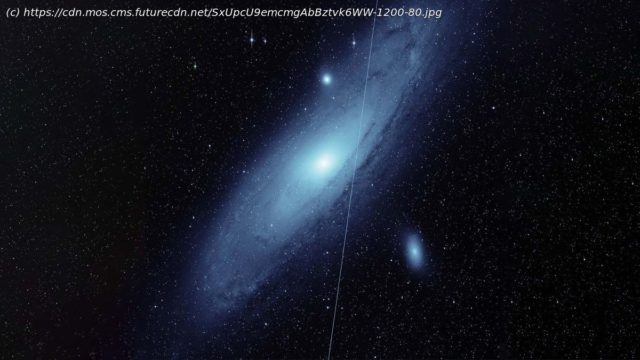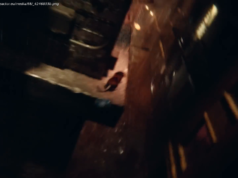SpaceX satellites are now streaking across almost 20% of images taken by a major telescope that’s watching for near-Earth asteroids.
SpaceX’s Starlink satellite constellation has been concerning the world’s astronomers for years. Now, a new study published in The Astrophysical Journal Letters by astronomers at the Zwicky Transient Facility (ZTF) at Caltech’s Palomar Observatory shows just how bad the problem is – and how much worse it is likely to become. Since 2019, SpaceX has been launching batches of satellites into low-Earth orbit (LEO) to build a constellation network that will provide internet access from any point on the globe. There are close to 1,800 satellites in orbit already, with plans for tens of thousands to eventually be deployed. The problem is these satellites reflect light from both the Sun and the Earth over the horizon, which makes them visible in the night sky even to the unaided eye. While this can be a spectacular sight, or even a nuisance, for ground-based observers looking up at the stars, for ground-based astronomical observatories it’s a serious issue. When the human eye stares at the night sky and sees a Starlink satellite, it looks like a particularly bright star moving across the sky. It only does that because our brain is constantly updating the visual data it’s getting from our eye to create that motion. That is not how telescope observatories work, though. For these observatories to capture images of distant objects, they have to collect a lot of light over an extended period and then create a single image out of all that light. This is how they can capture such vivid imagery of objects that our eyes can’t detect on their own. When a Starlink satellite passes through the view of these observatories, however, it doesn’t look like it’s moving. It appears as a bright line across the image, blocking out whatever is behind it. This is especially true of images taken during twilight hours at dawn and dusk, which are essential for identifying objects that might be between the Earth and the Sun, like near-Earth asteroids. “In 2019,0.5 percent of twilight images were affected, and now almost 20 percent are affected,” Przemek Mróz, the study lead author and a former Caltech postdoctoral scholar, now at the University of Warsaw in Poland, said in a statement. “We don’t expect Starlink satellites to affect non-twilight images, but if the satellite constellation of other companies goes into higher orbits, this could cause problems for non-twilight observations,” Mróz added. The reason twilight observations are so important is that most of the objects in the solar system orbit the Sun on a level plane. Some objects have far more eccentric orbits – comets, most notably – but all asteroids are leftover material from the Sun’s original accretion disk during the formation of the solar system. So, asteroid orbits aren’t very eccentric and can sometimes intersect our own and hit the planet. Usually, this isn’t catastrophic, as the meteors (any space object that enters our atmosphere is defined as a meteor) burn up in the atmosphere and simply create a light show in the form of shooting stars or more spectacular fireballs. It’s the bigger meteors we need to worry about and it’s vital we track as many asteroids as we can that might threaten life on Earth. That’s where twilight observations come in. If the Earth is between an asteroid and the Sun, there’s no problem tracking it.
Home
United States
USA — software Starlink satellites mar a fifth of asteroid-spotting telescope's critical observations






